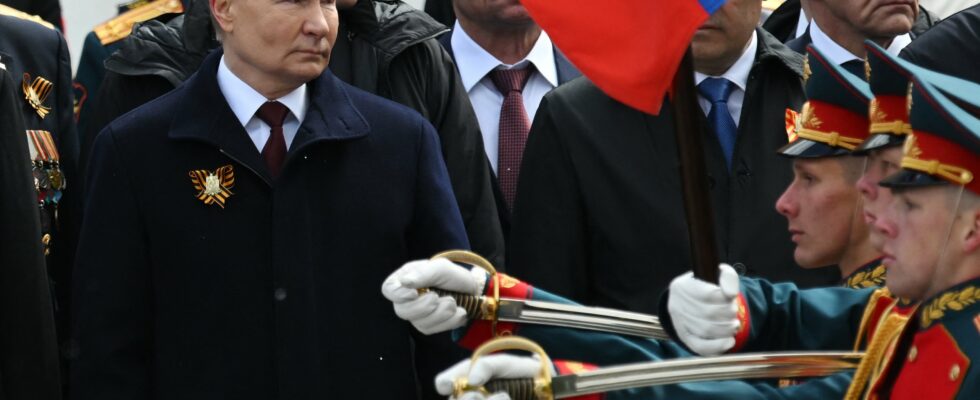In the small Russian village of Darino, near the border with Ukraine, we no longer know which flag to follow. Taken by Ukrainian troops during their surprise attack in the Kursk region at the beginning of August, the town, with around a hundred inhabitants, is in the process of returning to Russian control.
Wave after wave, Moscow has intensified its offensive efforts there in recent weeks, with a view to dislodging kyiv’s forces established in the area. As in Ukraine, where, despite the arrival of autumn and rasputitsa – a period during which the land becomes terribly muddy due to the rains – the Russian army has accelerated the tempo of its operations along the line of forehead.
“The Russians continue to put pressure on the entire theater of operations, confirms General (2S) Jérôme Pellistrandi, editor-in-chief of the National Defense Magazine. Their objective is to approach from a position of strength the possible negotiations which will be held after the inauguration of Donald Trump.” The Republican, who had made it clear during his campaign to be able to end the conflict in 24 hours, will officially functions after his inauguration ceremony on January 20 If no peace plan has leaked yet, three of his advisors spoke at the beginning of November in the. Wall Street Journal first avenues including a freezing of the front line and the establishment of a demilitarized zone at the borders.
“The moment to give everything”
Until then, Moscow intends to improve its strategic position. In a recent reportthe Institute for the Study of War, a Washington-based think tank, estimated Russian gains since November 1, across the entire front, at 574 km2. By October, Moscow’s troops had conquered 610 km2 – a record since 2022. In the East, after the capture of Avdiivka last February, Russian forces began an advance towards the strategic town of Pokrovsk, taking locality after locality in an area around thirty kilometers deep for about forty wide.
Further south, near the border between the Donetsk and Zaporizhia oblasts, they advanced towards the town of Velyka Novossilka, after the capture of the Vouhledar stronghold in early October. “The Russians’ reasoning is to gain as much ground as possible, by saying that everything that is nibbled away will be taken for granted, underlines General Pellistrandi. For them, it is the moment to give everything.” An analysis shared by Pierre Haroche, lecturer in international relations and security at Queen Mary University of London. “It’s classic logic in a pre-negotiation phase,” judges the researcher. “The more cards you have in hand, the more you can push the other to make concessions.”
Massacre among the Russians
In the Kursk region, the Russians are said to have recaptured nearly 600 km2 of the more than 1,300 km2 that the Ukrainians had initially conquered in August. “The most important thing for Vladimir Putin is to push us out of the region by January 20,” said Volodymyr Zelensky on November 23, referring to the date on which Donald Trump will enter the White House. . In fact, a little more than three months after the start of its operations, Ukraine lost more than 40% of the territories it had initially conquered from its neighbor, in this spectacular offensive which constituted the first incursion of an army foreigner in Russia since the Second World War. “One of Ukraine’s objectives through this conquest was to have an element of transaction, which could serve as leverage during negotiations,” recalls Pierre Haroche.
Will the Russians succeed in depriving him of it? “Everything will depend on the firepower they can accumulate against the Ukrainians and the determination of the latter to maintain their positions despite the losses,” says General Jérôme Pellistrandi. On site, Russia is said to have dispatched some 50,000 men to which are added 11,000 North Korean soldiers, whose training is still ongoing. In response to Pyongyang’s deployment of forces, the United States, then the United Kingdom and France, in November authorized kyiv to carry out long-range strikes in Russia with their missiles.
Enough to increase the cost of its operations for Moscow, which continues to pay a high price for its recent advances. On November 10, British Chief of Defense Staff Sir Tony Radakin estimated Russian losses (dead and wounded) in October at more than 1,500 troops per day – the deadliest month for the forces Russians since the start of the conflict. According to kyiv, Moscow’s cumulative losses since February 2022 crossed the symbolic bar of 700,000 victims at the beginning of November.
.
